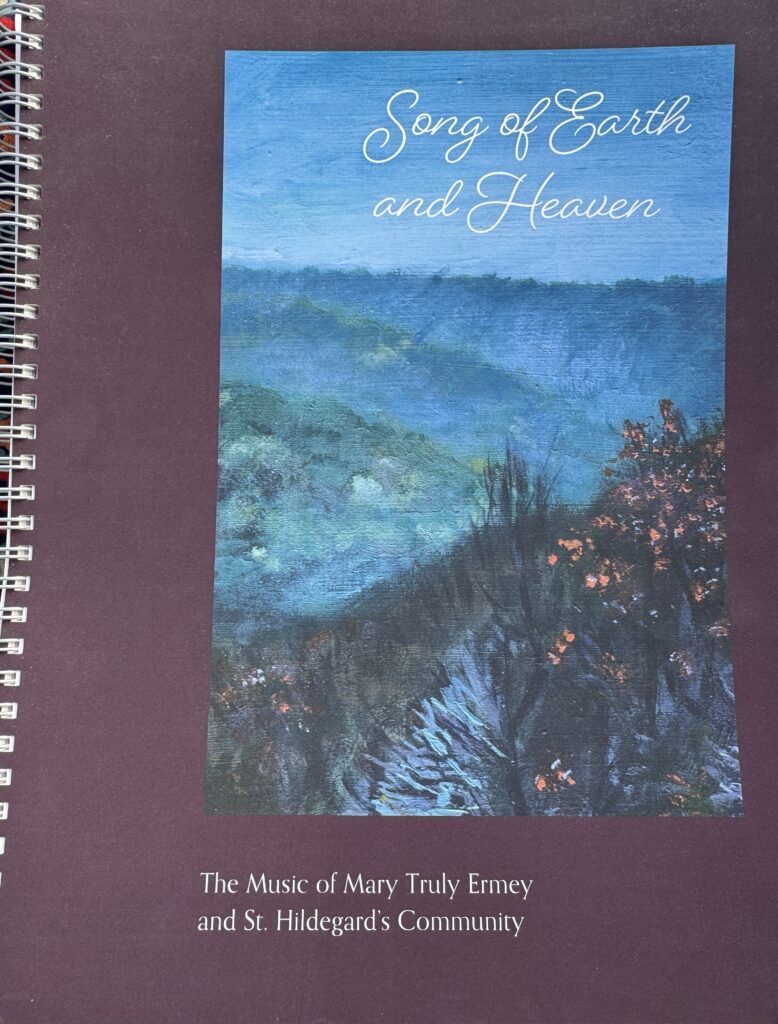Wendy Stiver, MA
29 April, 2023
While the history books are usually written by those in the center of dogmatic power, the real “stuff” of life takes place in the margins and the intersections. This truth is woven throughout the Gregorian calendar, which carries holidays with names like “Easter” that reflect how the early Christian church claimed and re-branded days of celebration that originated in the rituals of paganism. The Hebrew calendar is luni-solar, driven by the phases of the Moon and the rhythms of agricultural life; urban Jews continue to celebrate holidays that began as harvests of barley or wheat, and festivals paying honor to the “New Year of Trees” and the “New Year of tithing of cattle.”
Beltane, or May 1, is an example of such intersectionality. We will briefly explore the history of this colorful day, and how the interweaving of traditions enriches our culture in 2023. We will begin our search in modern times, and then work our way back through sacred time to find the origins of the Beltane ritual we celebrate.
May 1, “May Day,” is a public holiday in over 50 countries throughout the world to recognize and celebrate labor. In 1886, May Day became known as International Workers’ Day for labor rights. This special day was created to honor those who died when protesting for the rights of workers, such as an 8 hour day. While Labor Day is celebrated in the United States in the month of September, May 1 is an official holiday in 66 countries. Large public festivities such as parades, marches,and rallies are common, especially in Socialist and Communist countries such as Cuba, Russia, and North Korea. May Day is also celebrated throughout Africa, Asia, Central and South America, and Europe.
The Roman Catholic Church honors Mary, the Holy Mother, during the month of May. This custom originated in the 13th century, but did not become popular until members of the Jesuit Order spread the Marian devotion practice worldwide by the 1700s. Catholic tradition includes crowning statues of Mary with flowers. While the origins of this practice are shrouded in history, it may be yet another example of intersectionality: imperial Roman culture linked the month of May to the goddess Flora, the goddess of flowers. The month of May was the official beginning of Spring, and as Christianity spread through the Roman Empire, Christians began to weave their love and adoration of the Holy Mother into the ancient traditions of celebrating life, the glories of spring, and fertility.
This takes us further back into Western European history, as we search for the origins of Beltane, the Gaelic May Day festival. Beltane is an example of Ireland’s ancient pagan past. The Irish believed in a number of gods, venerated the ancestors, and believed in a mysterious Otherworld. We continue to celebrate the four yearly festivals– Samhain, Imbolc, Beltane, and Lughnasa– into the 21st century.
Beltane falls at the beginning of summer in Gaelic Ireland, when the cattle were driven out into their summer pastures. Rituals were performed to protect the cattle, the people, and the crops. Many rituals involved the kindling of special bonfires, believed to convey protective powers on those cattle or humans who walked around or between the bonfires, or leap over the embers or flames. Such celebrations also included feasting, decorating structures and livestock with yellow May flowers, the making of May Bushes, and of course the Maypole dance. In essence, Beltane is about fire and fertility: the Maypole represents the male energies, and the ribbons which dancers weave and wrap around the pole represent the female energies. This is a time for washing one’s face in the morning dew, a time for flowers, and rejoicing at the return of the light.
As at Samhain the veil between the worlds thins at Beltane, and the spirits or fairies are especially active. Beltane was and is a springtime festival of hope as the glories of nature awake from the long winter, and fertility is invoked through ritual practices.
No one knows precisely when the Gaelic peoples began to celebrate the fire festival of Beltane, but it is mentioned in early Irish literature dating from the 5th century and beyond. Celebration of the festival had largely died out by the mid-20th century in Ireland, yet the growth of Neopaganism, Celtic Reconstructionism, and Wicca have encouraged renewed interest in the ancient “Wheel of the Year” and festivals.
As we celebrate Beltane in community or on our own, we participate in rituals that have been with us for millennia. We are part of an ancient vibrant tradition being renewed in modern times.
We dance in the intersections of sacred space and time, and remember our foremothers who danced before us.


